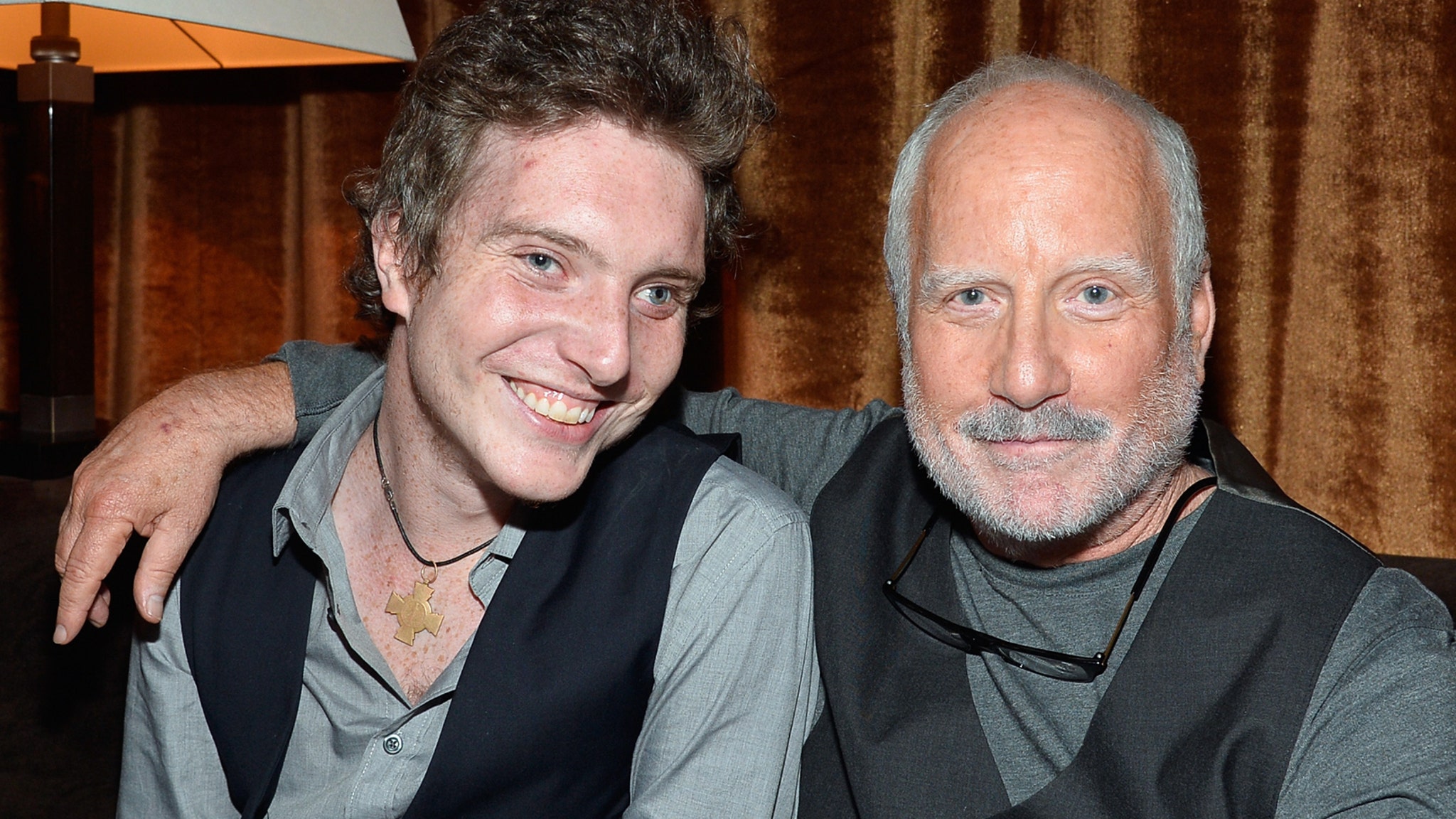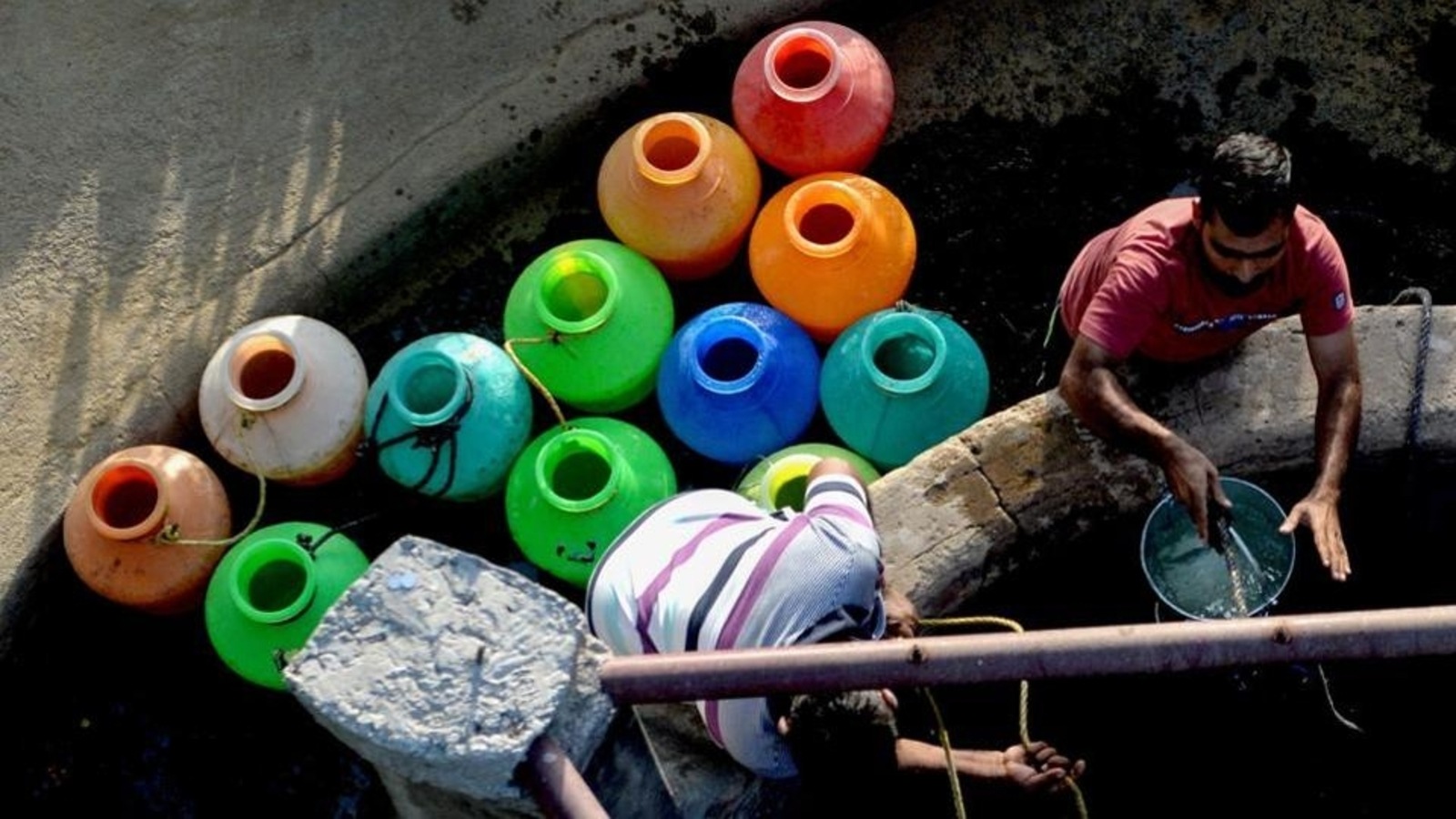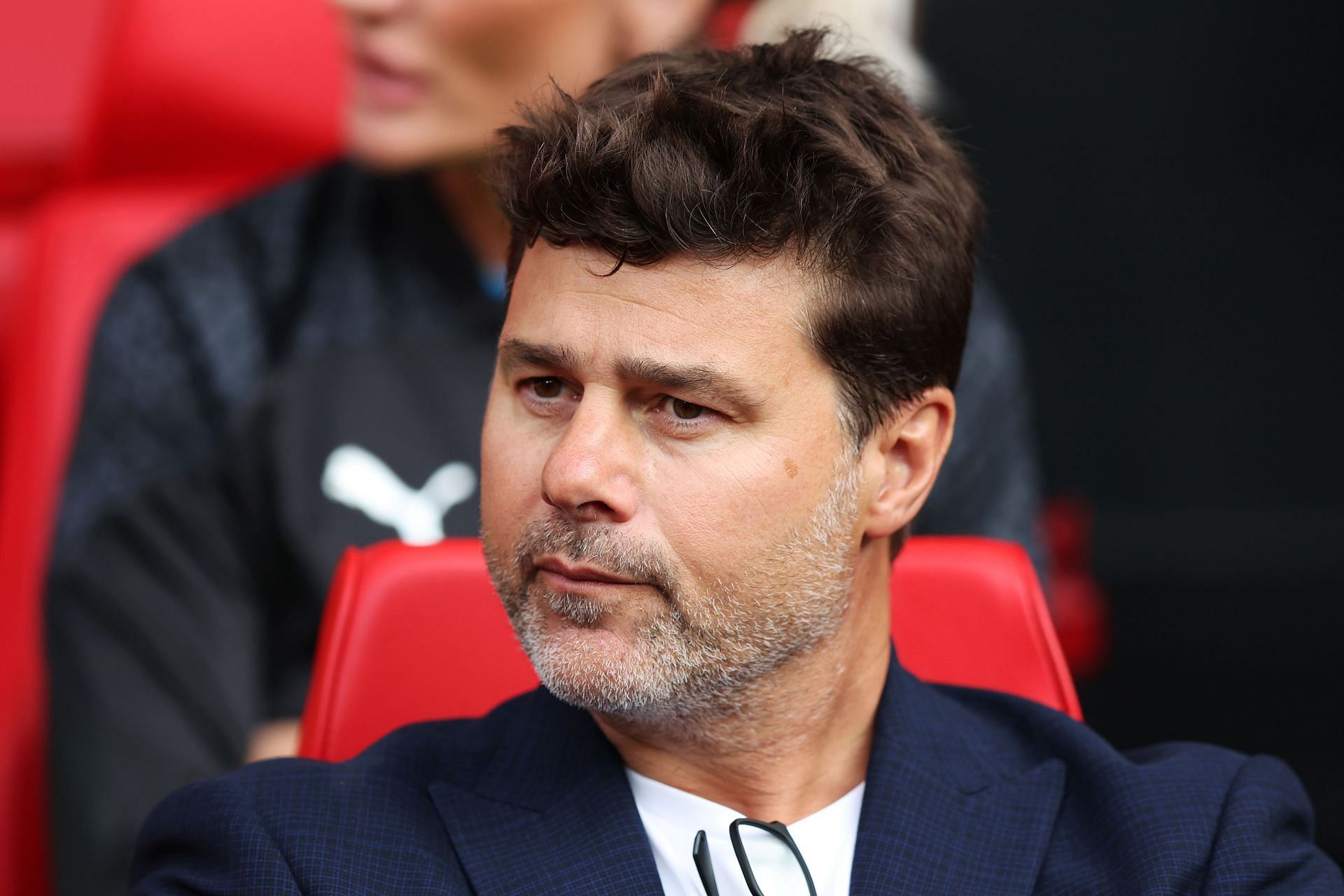The actors may have been a little inebriated while filming the most infamous disasterpiece of 1993, but their off-screen bonding only helped make their on-screen relationship feel real.
Buena Vista Pictures
Acting is an art form, and behind every iconic character is an artist expressing themselves. Welcome to The Great Performances, a recurring column exploring the art behind some of cinema’s best roles. In this entry, Jacob Trussell explores Bob Hoskins and John Leguizamo’s performances in 1993’s Super Mario Bros.
I already know what you’re thinking. “A column on great performances dedicating over 1,000 words to the infamous 1993 Super Mario Bros. movie? Are you being serious right now?”
First, yes, I am. Second, your dubiousness is justified. Annabel Jankel and Rocky Morton’s adaptation of Nintendo’s beloved video game can, at best, be described as a film going through a severe identity crisis.
On one hand, the producers clearly had kids in mind. It’s filled with zany humor and loud visuals that would have felt familiar to young film fans gorging themselves on Teenage Mutant Ninja Turtles or Who Framed Roger Rabbit. It’s one of the first films based on an existing video game. Of course, Hollywood execs saw children as the perfect target audience.
But on the other hand, it’s also a movie born, in part, from the minds behind 1980s cyberpunk staple Max Headroom. Is it any wonder, then, that the film features a Blade Runner-esque future-dystopian aesthetic, where characters don cybernetic body enhancements to make high flying leaps around a transmogrified Manhattan? It’s hard to argue these elements were included to get kids hip to author William Gibson, that’s for sure.
Studio interference and alleged creative friction on set widened this identity crisis, affecting everyone involved. However, no one would have felt the brunt of this chaos more than lead actors Bob Hoskins and John Leguizamo.
Here’s a part of the story you’ve no doubt heard before. Due to growing frustration over changes and squabbles, Hoskins and Leguizamo started treating themselves to “mild sensations” while filming. This story was immortalized in Leguizamo’s autobiography, Pimps, Hos, Playa Hatas, and All the Rest of My Hollywood Friends:
“I followed him to his trailer and stood in the doorway, wondering what the hell a mild sensation was. He filled two shot glasses with scotch and handed one to me[…]Bob and I had a lot of mild sensations on that set. Those brits can drink – especially the Cockneys. We’d have a shot together at lunch. And after lunch. And before lunch. And later in the afternoon. And he’s babbling his Cockney gibberish at me, and I’m getting totally fucked up. But Bob is a stud. We’d do all that drinking, then it’d be time to shoot a scene and he’d say, ‘Come on, John, let’s hurry up before I forget what it is I do for a living.’”
Leguizamo goes on to describe what happened to them while filming a major action scene after an afternoon of day drinking:
“We had a big stunt to shoot. Never let an actor do his own stunts. Especially if he’s been having mild sensations all day. So I’m driving the Mario Bros van. I’m trying to be cool and studly like Bob, but I’m wasted. Bob is standing by the sliding door looking virile. “Come on, Luigi!” he says. “Koopa’s getting away!” And I step on the gas, hard. The van shoots forward. Then I step on the brake, hard. The van practically tips over. Bob grabs the door frame to keep from pitching out of the thing. And as he does, the sliding door slams shut on his hand. And breaks his finger.”
Leguizamo’s anecdote demonstrates that actors drinking on set can lead to injury. But I find that something came out of this coping mechanism that makes their performances and the movie better. They bonded as they drank, commiserating the fact that they were stuck in a movie destined to bomb. It helped develop an off-screen connection that fed into the brotherly chemistry we see on-screen between their characters.
I first noticed their authentic connection early in the film when Luigi first sets eyes on Daisey (Samantha Mathis). When Mario encourages Luigi to introduce himself, he demurs, which makes Hoskins’ eyes light up with fraternal affection. “C’mon, go talk to her! What’s the matter with you?” says Hoskins’ Mario, playfully goading his brother with good humor and intentions. In the ease of Hoskins’ body language, we can sense this is an act they’ve played out countless times before. Luigi finds himself smitten, while Mario helps his brother find the confidence and gumption to say hello. It’s a relatable moment that immediately endears the audience to Hoskins and Leguizamo’s characters.
We see it again as Mario plays Cyrano to help Luigi land a date with Daisy. “What would you do without your big brother, huh?” says Hoskins’ Mario after helping Luigi find the right words to impress Daisy. Hoskins’ face practically rests on Leguizamo’s shoulder with hyperbolic pride. As Luigi complains that Mario didn’t let him speak, Hoskins continues his playful chiding, pushing his brother into their van. These introductory scenes could have just felt like throwaway moments before we get into the meat of the film. But instead, Hoskins and Leguizamo establish a lived-in relationship between Mario and Luigi that feels earnest and authentic.
Without these early moments helping us buy into their relationship, the film would have felt devoid of any stakes. Because we can sense the affection Hoskins and Leguizamo have for each other, it makes us want to see our heroic plumbers – as well as the actors playing those plumbers – come out on the other side of this debacle unscathed. It also makes the film’s corniest moments far more palatable.
Take, for instance, the ridiculously sublime disco scene as Mario and Luigi angle to retrieve a stolen meteorite fragment. Audiences may have cringed watching Hoskins and Leguizamo strut into the club decked out in gaudy leisure suits. However, what impresses me is their tenacious commitment to the bit and to each other. When they prematurely celebrate their victory, Luigi lifting Mario in a bear hug, the glee the duo expresses feels genuine. Even if the story left Hoskins and Leguizamo feeling disconnected, they remained connected to each other. It’s this clear connection that makes the film utterly watchable.
Though “utterly watchable” may be too strong of a phrase. Ultimately, Super Mario Bros. is still a mess of a movie. You can absolutely approach the film on its own terms as a child’s gateway into the aesthetic of 90s cyberpunk. But even then, the film can’t withstand the weight of its own ambitions and winds up falling flat on its face. But still, I revisit it every so often because it is, in and of itself, an off-the-wall achievement. It has a wild imagination that doesn’t shy away from taking big swings. That it can be tied together with an interpersonal relationship we can believe in? That’s just icing on the B-movie cake that has given Super Mario Bros. legs for the last three decades.
In Leguizamo’s autobiography, he takes practically any chance he has to poke fun at the fact that he made the Super Mario Bros. movie. He writes about a physical altercation he got into while walking his dog in lower Manhattan, “I guess he didn’t realize he was punching out John Leguizamo, Star of Stage and Screen. Or maybe he did, and he just didn’t give a shit. Maybe he wasn’t a fan of my work. Maybe he paid money to see Super Mario Bros.” Later while describing a choice he had to make before accepting a role in Baz Luhrmann’s Moulin Rouge, Leguizamo writes, “It reminded me of a time when I turned down a big part in Philadelphia. I could’ve played Tom Hanks’ lover. I decided he wasn’t cute enough. So I went and did Super Mario Bros.”
But despite these justifiable pot-shots, in a video Leguizamo recorded for the film’s 20th anniversary, he spoke more fondly of his experience playing Luigi:
“I’m glad people appreciate the movie, I really do. It was one of the first video game movies, and it was tough. It was the first, nobody had ever done one before, didn’t really know how to go about it. So we were pioneers, and we made a lot of great things, and we made a lot of mistakes, but I’m proud of the movie in retrospect[…]I have a lot of fond memories, we had a lot of great times doing that. I’m glad it has a life after the fact. I’m really happy about that.”
I can only imagine those positive memories are thanks to the bond he developed between Hoskins and the other cast members. Hoskins and Leguizamo’s on-screen chemistry turned a film rightfully remembered as a disaster into a cult classic. You may recall the bombastic action sequences, eye-catching sets, and legitimately cool animatronics. But the heart of the film, the thing that has made this bad movie so watchable, is how enjoyable it is to see two actors working in tandem to survive arguably the most chaotic jobs of their lives.
Related Topics: The Great Performances

Recommended Reading
















